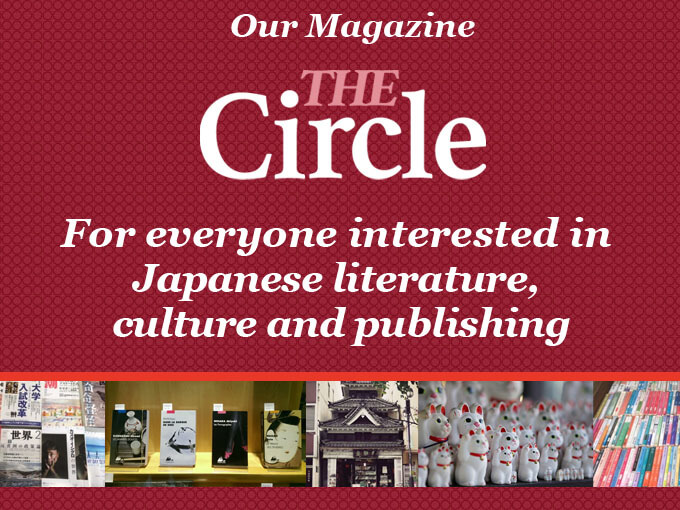Historically, Japanese literature began life as a unique blend of painting and prose, which generally took the form of narrative scrolls, known as emaki-mono in Japanese.
For thousands of years these handscrolls have been used to record and share stories in Japan. An extremely famous and noteworthy example is Japan’s oldest novel, and according to some the world’s oldest, The Tale of Genji, which was written on illustrated scrolls by Murasaki Shikibu (978-1014), in 1010, during Japan’s Heian Period (794-1185).
This classic Japanese tale of romance consists of 54 scrolls and a million words; as well as multiple love interests, illustrations and poems. It falls within the definition of a novel as it is prose narrative of significant length.
Scrolls are and have been important in other countries as well as Japan, including China for instance, but in the 12th and 13th centuries Japan’s approach to their publication developed into a truly unique national style.
Few examples of scrolls from these periods have survived until today. However, the rare few that have are of significant academic interest.
According to The Art and Architecture of Japan by Robert Treat Paine and Alexander Soper, “No section of Japanese art history possesses so much interest and importance” as the scroll paintings from this period.
Another important early Japanese example of an illustrated scroll is Kokon Chomonju, A Collection of Tales Written and Heard in Ancient and Modern Times, generally believed to have been written by Narisue Tachibana in 1254.
Tachibana famously wrote that he was so fond of pictures that he collected stories to preserve them and render them as paintings. It’s a good illustration of the close relationship that prose and painting enjoyed in the development of Japan’s literary canon.

